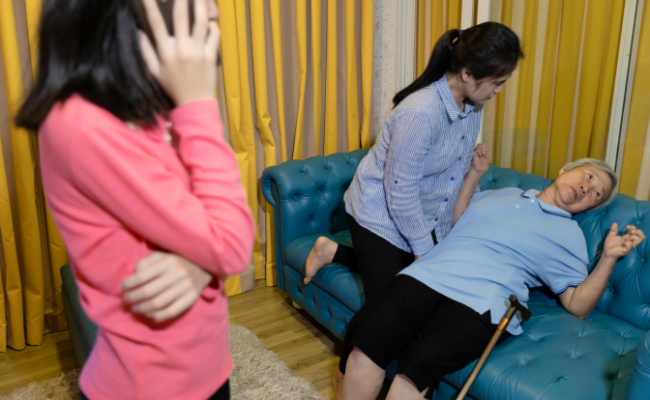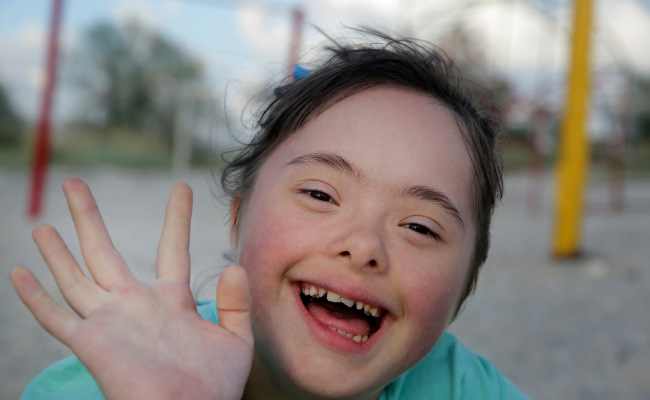How to Treat Foot Drop?
- February 01, 2024
- No Comments
What is Foot Drop?
Foot drop, also known as drop foot, is a condition characterized by the inability to raise the front part of the foot due to weakness or paralysis in the muscles responsible for this movement. This condition can manifest as a temporary or chronic issue and often results in individuals dragging their toes while walking. To compensate, they may need to lift their knee higher than usual, altering their natural gait.
This altered walking pattern not only affects the aesthetics of walking but also poses an increased risk of tripping and falling. Foot drop can impact a single foot (unilateral) or both feet (bilateral), with the severity varying based on the underlying causes and individual circumstances. Understanding and addressing the root causes of foot drop are essential for devising an effective treatment plan tailored to each individual's needs.
Why is Foot Drop a Concern?
Foot drop is a considerable concern due to its potential impact on an individual's mobility and overall quality of life. The inability to lift the front part of the foot can lead to a distinctive gait, where individuals may compensate by lifting their thighs higher than normal or dragging the affected foot along the ground. This altered walking pattern increases the risk of tripping, falling, and sustaining injuries. Addressing the root cause of foot drop is essential to alleviate symptoms and improve functional abilities.
How to Identify Foot Drop?
The primary symptom of foot drop is the difficulty or inability to lift the front part of the foot. This results in a high-stepping walk, where the individual may excessively lift the thigh or drag the foot. Numbness or tingling sensations in the foot may also be present. Identifying the specific cause of foot drop is crucial for determining the most appropriate treatment approach. Common causes include nerve compression, muscle disorders, and neurological diseases.
Treatment Solutions for Foot Drop
- Underlying Condition Management: The first step in treating foot drop is addressing the underlying condition causing the muscle weakness or nerve damage. Conditions such as peripheral nerve injuries, muscle disorders, or neurological diseases may require specific treatments or medications tailored to the individual's needs.
- Physical Therapy: Physical therapy is a cornerstone in the treatment of foot drop. Therapists design exercises to strengthen the muscles in the leg and foot, improve range of motion, and enhance overall mobility. Gait training is often incorporated to help individuals adapt to walking with foot drop more effectively.
- Braces and Splints: Ankle-foot orthosis (AFO) braces or splints are commonly prescribed to provide support and prevent foot dragging. These devices help maintain a more natural walking pattern by assisting with foot dorsiflexion. Proper fitting and selection of the brace are essential to ensure maximum effectiveness.
- Functional Electrical Stimulation (FES): FES is a technique that uses electrical currents to stimulate specific nerves and muscles, improving muscle strength and coordination. FES devices can be worn on the leg and foot to aid in lifting the foot during walking, promoting a more natural gait.
- Orthopedic Footwear: Specialized shoes or custom orthopedic inserts can assist in maintaining proper foot alignment and supporting the affected foot. These footwear solutions are designed to improve stability and reduce the risk of tripping.
- Surgical Interventions: In cases where conservative treatments are not sufficient, surgical interventions may be considered. Procedures such as nerve decompression, tendon transfers, or fusion surgeries may be recommended based on the individual's condition and response to initial treatments.
Benefit Points of Foot Drop Treatment
- Improved Mobility: Effective treatment of foot drop can significantly enhance an individual's mobility. This improvement allows for a more natural walking pattern and reduces dependence on assistive devices.
- Prevention of Falls and Injuries: Proper management of foot drop reduces the risk of falls and injuries associated with impaired gait. This contributes to an overall improvement in safety and quality of life.
- Enhanced Independence: With the right treatment approach, individuals with foot drop can regain independence in daily activities, including walking, climbing stairs, and navigating various terrains.
- Pain Reduction: Addressing the underlying causes of foot drop and incorporating appropriate treatments can alleviate associated pain and discomfort, promoting a more comfortable lifestyle.
- Adaptation to Functional Activities: Physical therapy and assistive devices empower individuals to adapt to daily activities more effectively. This allows them to participate in work, recreational activities, and social interactions with greater ease.
- Customized Solutions: Treatment plans for foot drop are tailored to each individual's specific needs and underlying conditions. This personalized approach ensures maximum effectiveness and addresses the unique challenges faced by each patient.









Comments (0)
No comments yet